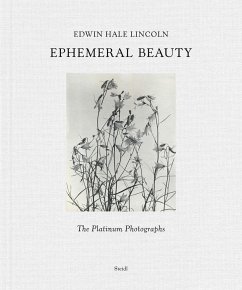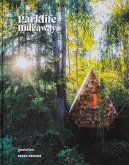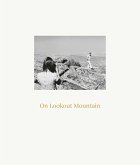In this first book-length appraisal of his work, Edwin Hale Lincoln (1848-1938) is shown to be an independent artist who sought to preserve glimpses of fleeting beauty with his camera. Affiliated with the American Arts and Crafts movement, Lincoln began his photographic career in Boston, specializing in interiors. In the 1880s he started documenting yacht races, using then new technology to freeze the glorious motion of sailing ships, including the famed yacht America. Lincoln later moved to western Massachusetts where he captured the motifs for which he is best known: centuries-old trees, delicate wildflowers and orchids. These subjects had something in common with th+e great wooden sailing ships-they were vanishing. As engine power replaced the elegance of sails, millions of elms and chestnut trees would soon die off, fragile flora risked extinction. Lincoln sought to eternalize their essences in his work. Based on 30 years of research, Ephemeral Beauty. The Platinum Photographs reveals the strikingly modernist character of Lincoln's work, and explores his influences, from Ralph Waldo Emerson to Gustav Stickley, as well as rediscovering the publication of his photographs in illustrated popular magazines and books.







